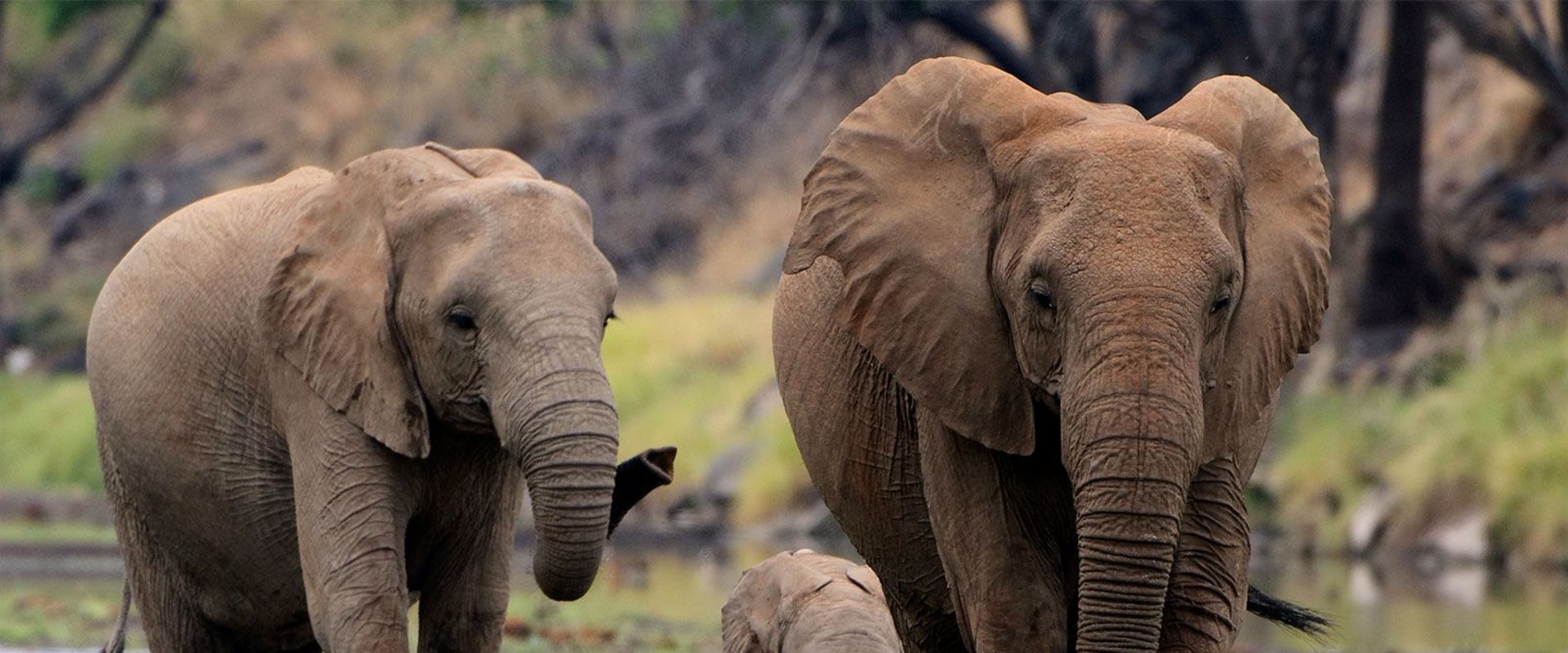Population ecology is a crucial aspect of biology that focuses on the study of how populations of organisms interact with their environment. It is an essential topic in A-Level Biology as it helps students understand the dynamics of populations and how they are affected by various factors such as competition, predation, and resource availability. The principles of population ecology are applicable to all living organisms, from bacteria to plants and animals, making it a fundamental concept in the field of biology. In this article, we will delve into the importance of population ecology and its relevance to the A-Level Biology curriculum, specifically in the context of ecology and ecosystems.
By the end of this article, you will have a thorough understanding of population ecology and its significance in understanding the intricate relationships between organisms and their environment. When it comes to A-Level Biology, one of the most important topics to understand is Population Ecology. This branch of biology focuses on the study of populations and their interactions with their environment. For London students, having a strong understanding of this topic is crucial for success in exams. In this article, we will cover all aspects of Population Ecology and provide valuable study tips and techniques to help students excel. First, let's discuss the basics of Population Ecology.
It is important for students to be familiar with key terms and concepts such as population size, growth rate, and carrying capacity. Population size refers to the number of individuals in a given population at a specific time. Growth rate measures the change in population size over time, whether it is increasing or decreasing. Carrying capacity is the maximum number of individuals that a particular environment can support. Next, we will delve into the different types of population interactions.
These interactions are crucial for understanding how populations interact with each other and their environment. Competition occurs when individuals compete for limited resources such as food, water, and shelter. Predation involves one species feeding on another species for survival. Symbiosis refers to a close relationship between two different species, which can be beneficial or harmful. Having a solid understanding of these interactions is important as they are often tested in exams.
Students should be able to identify examples of each type of interaction and understand how they impact population dynamics. For example, competition can lead to resource depletion and changes in population size, while predation can control population growth by keeping prey populations in check. In conclusion, Population Ecology is a crucial topic for students studying A-Level Biology. It provides a deeper understanding of how populations interact with each other and their environment, and how these interactions affect population dynamics. By familiarizing themselves with key terms and concepts, as well as different types of population interactions, students can better prepare for their exams and excel in this subject.
Understanding the A-Level Biology Curriculum for Population Ecology
To fully grasp Population Ecology, it is important to understand how it fits into the larger A-Level Biology curriculum.Students should be familiar with the specific learning objectives and exam format for this topic.







